Right on the heels of launching its concierge service Hooch Black, Hooch announced today that it has raised $5 million in seed funding.
The company’s basic subscription of $9.99 gets you one free drink per day from a variety of partner bars and restaurants. Hooch Black (which you have to apply for, and which costs $295 per year) adds hotel deals, concierge service and other perks on top.
Even though Hooch had already raised $2.75 million in two pre-seed rounds, co-founder and CEO Lin Dai said it was more important to bring on strategic investors than it was to raise a lot of money: “We feel like the most important thing for our business is really the relationships.”
After all, he said the hospitality industry is controlled by “a few key companies,” so success is determined by working with those companies — it’s not a situation where someone can just beat you by outspending you.
The funding was led by Revelis Capital Group and Blue Scorpion Investments, with participation from Access Industries Holdings, Warner Music Group (Dai said that Hooch will be working with Warner Music on content, events and promotions), FJ Labs, Diesel CEO Stefano Rosso, former Comcast CTO Sree Kotay and others.
At the same time, the company is expanding its advisory board to include Bob Hurst (previously vice chairman of Goldman Sachs), Bonin Bough (former chief media and ecommerce officer at Mondelez) and Teymour Farman-Farmaian (previously CMO and CRO at Spotify and now managing director of Bitcoin wallet company Xapo).
Dai also said Hooch is preparing to launch its blockchain initiative this summer. What does blockchain have to do with free drinks? Well, Dai didn’t go into detail, but he suggested that by launching its own cryptocurrency token, Hooch could work with partners to create a “decentralized model for consumer rewards.”
Looking ahead, Dai said that Hooch might raise a “proper” Series A in 12 to 18 months, though he expects to reach profitability before then.
“At that point, we will have already built the moat around us with exclusive deals with all the top hospitality and experiential players,” he said. “That would be the appropriate time for us, if needed, to go back to a traditional round of funding.”
Read Full Article
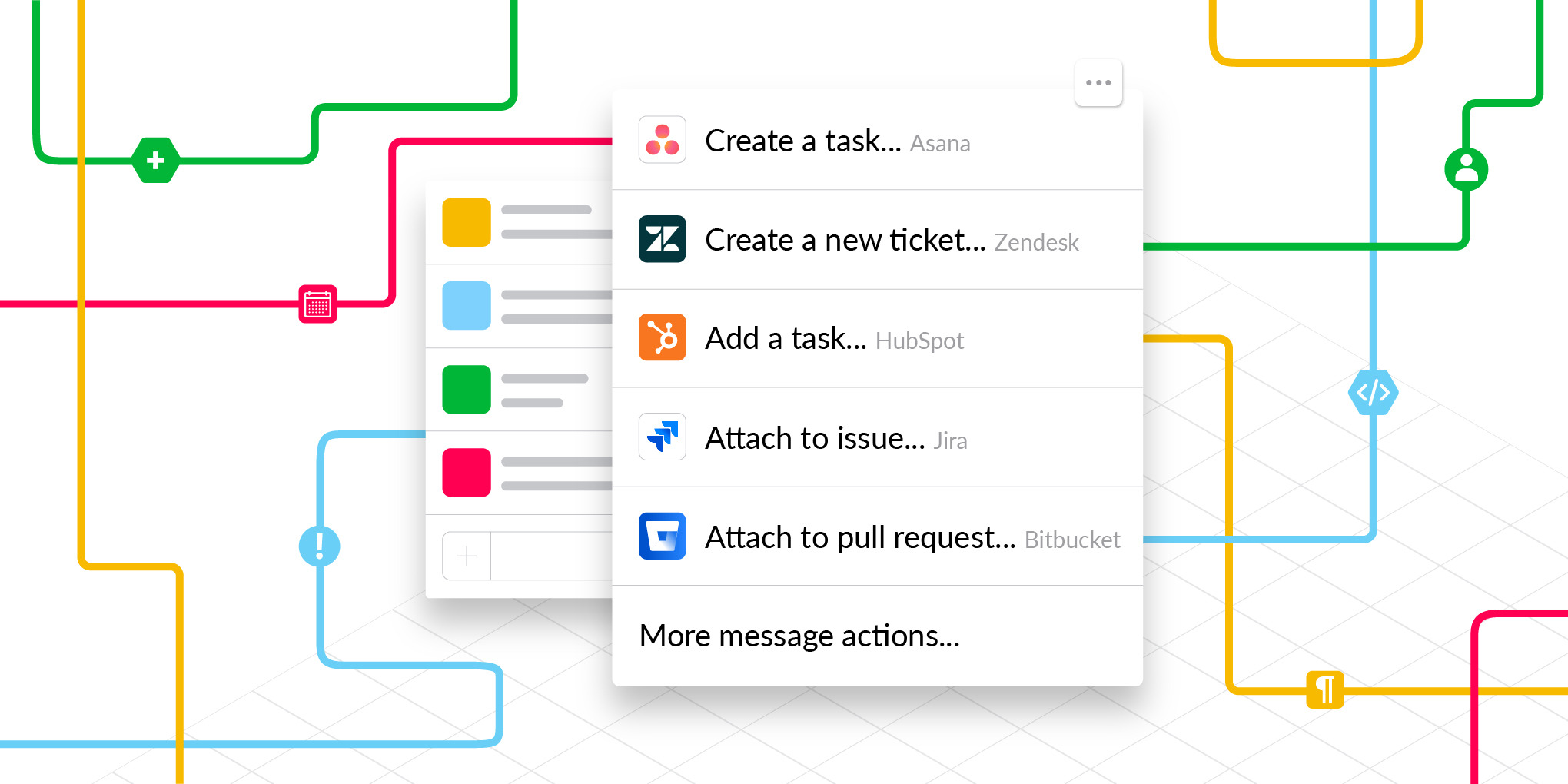
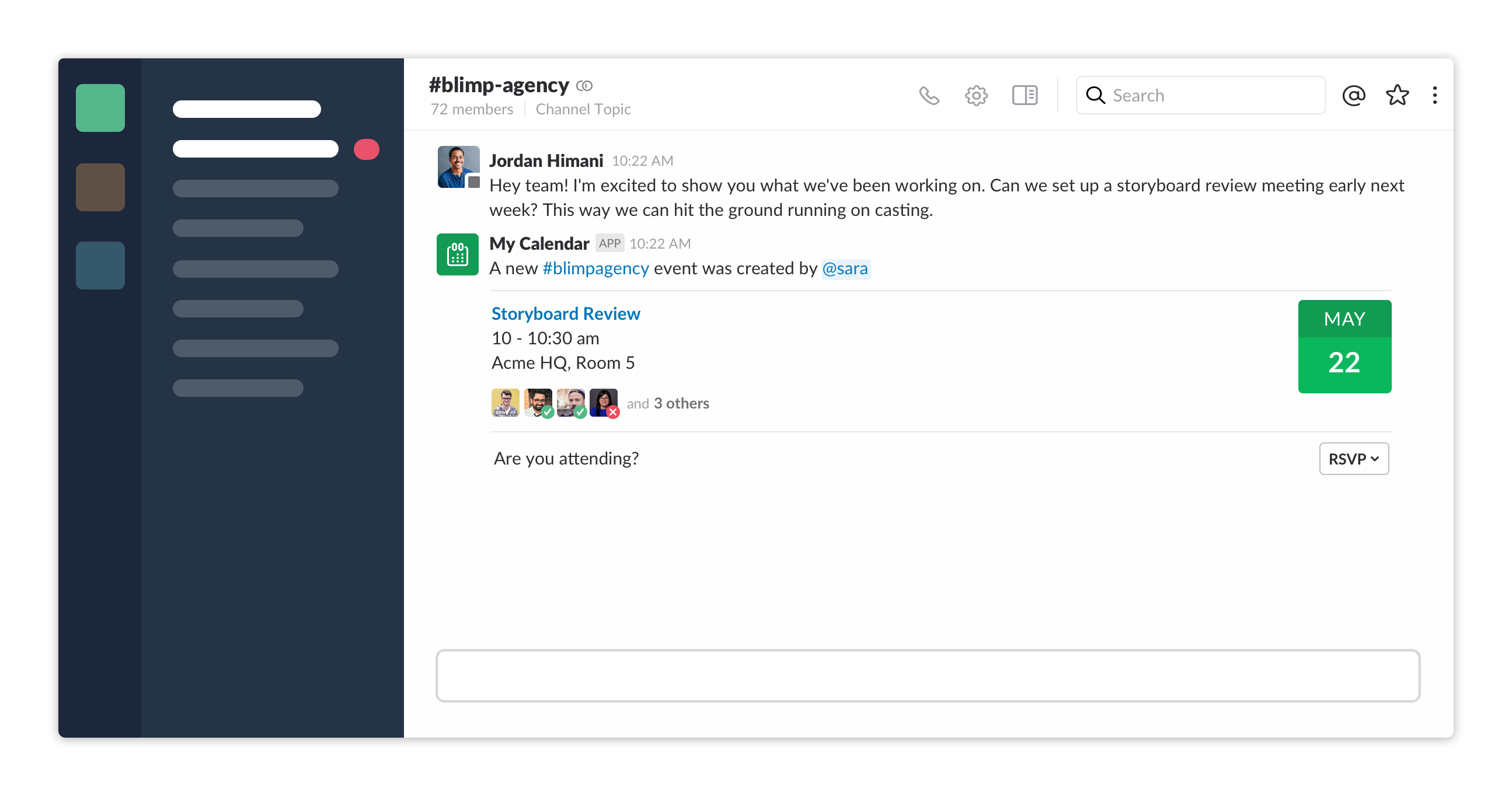
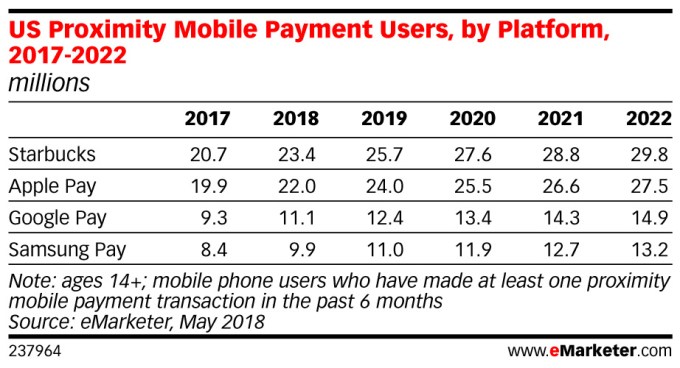
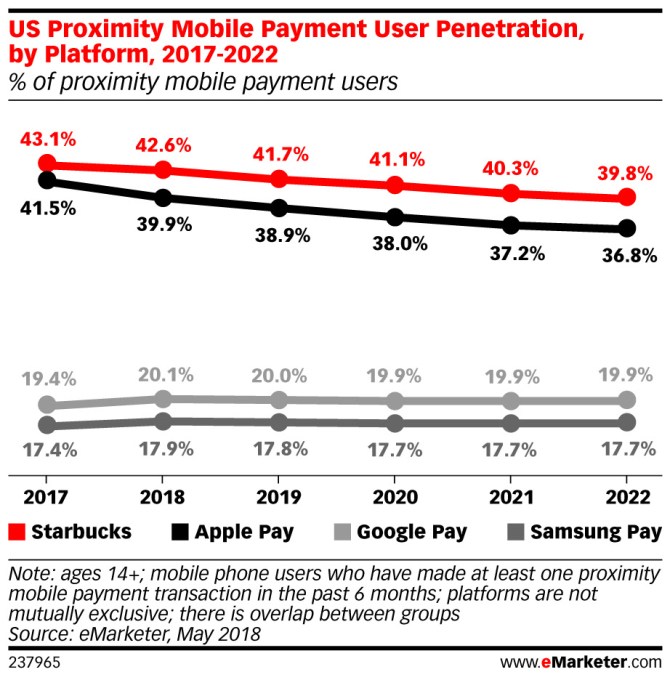
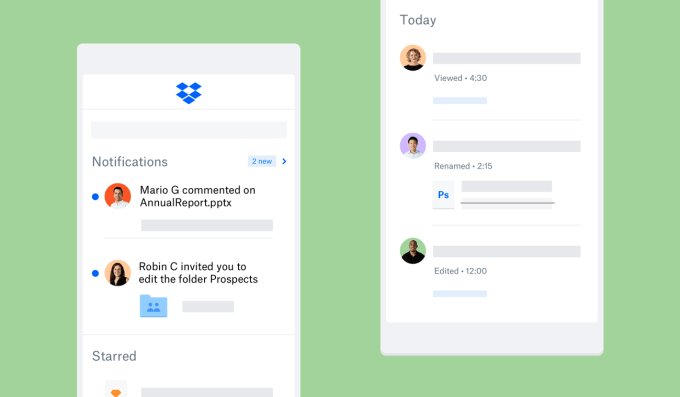
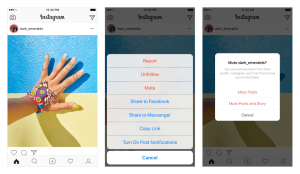




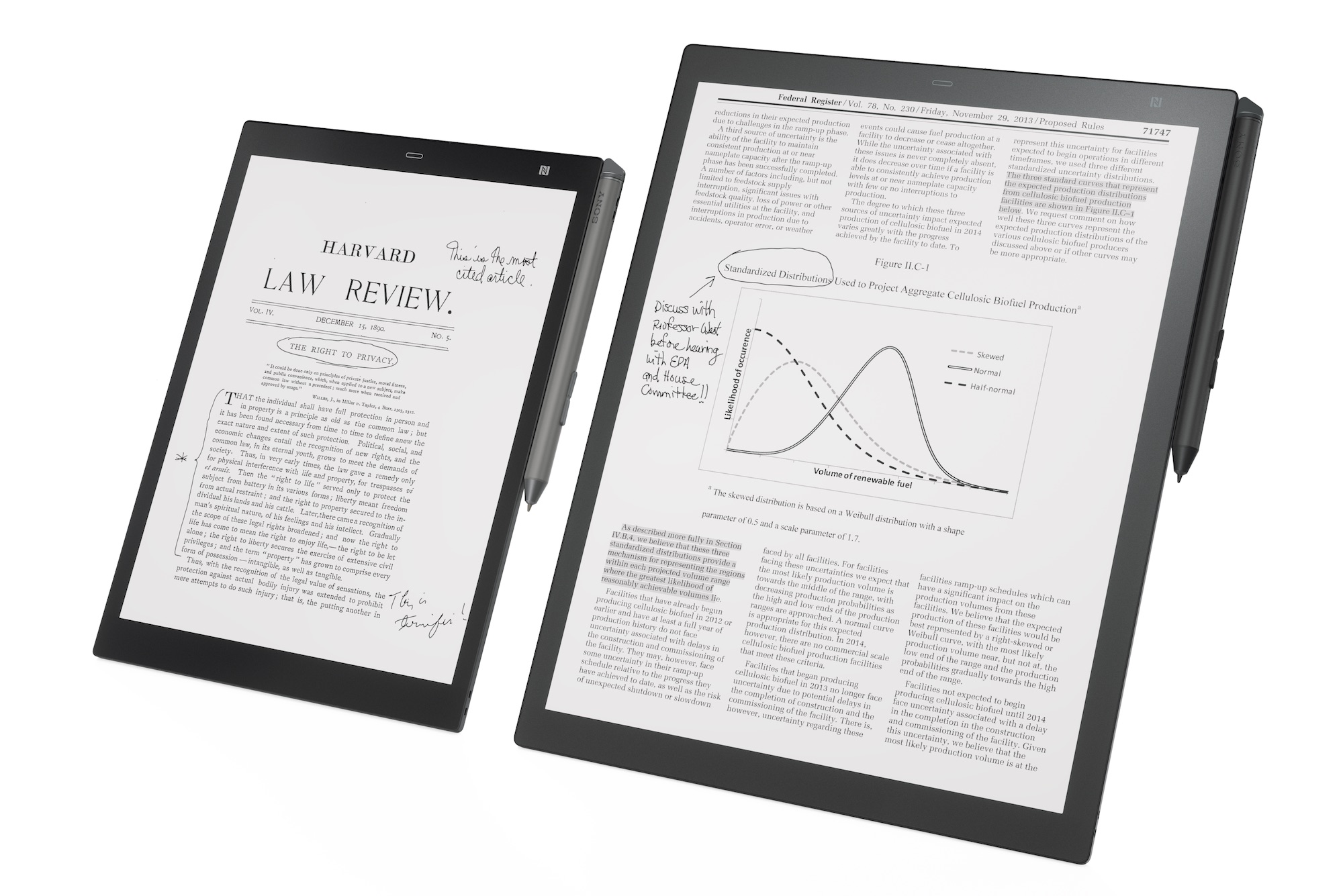 More important are the software changes. There’s a new mobile app for iOS and Android that should make loading and sharing documents easier. A new screen sharing mode sounds handy but a little cumbrous — you have to plug it into a PC and then plug the PC into a display. And PDF handling has been improved so that you can jump to pages, zoom and pan, and scan through thumbnails more easily. Limited interaction (think checkboxes) is also possible.
More important are the software changes. There’s a new mobile app for iOS and Android that should make loading and sharing documents easier. A new screen sharing mode sounds handy but a little cumbrous — you have to plug it into a PC and then plug the PC into a display. And PDF handling has been improved so that you can jump to pages, zoom and pan, and scan through thumbnails more easily. Limited interaction (think checkboxes) is also possible.